Sleepless nights in your RV with your head pointed downhill are no fun. If your trailer doesn’t have a hydraulic leveling system you’ll need to learn how to level your RV trailer. These easy tips to level your RV with stabilizing jacks and blocks will make the process simple and safe.
1. Find a level campsite
There’s nothing worse than setting up camp, only to step inside your rig and fall to one side. As soon as you arrive at the campground, park the RV in your spot, then check the bubble level mounted on your RV. You can also whip out a carpenter’s level, but do this before unhitching. Most smart phones also have apps available that act as levels.
If the level looks like this, change campsites.
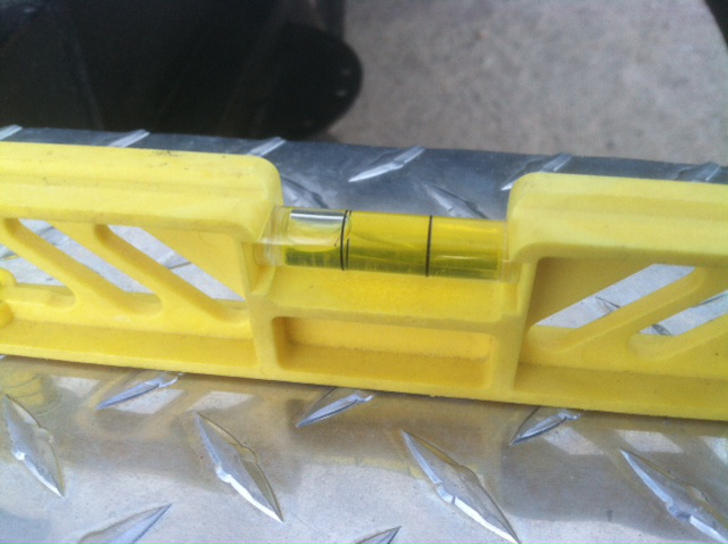
When your campsite is almost level but needs some fine-tuning, that’s when you’ll pull from your bag of RV tricks. First you’re going to level your trailer from side-to-side while it’s still hitched to your tow vehicle. Once you’ve completed that task, you’ll level from front-to-back after unhitching.
2. Raise your RV with blocks
Before unhitching, place RV leveling blocks underneath the tires on the downhill side of the trailer. We recommend using store-bought leveling blocks like these Lynx Levelers. Why? Because you can raise your RV using measurable 1” increments and the blocks are wide enough for most trailer tires.
Homemade wood leveling blocks are great if you’re on a budget, but you must be absolutely certain the planks are strong enough to support the RV and are wider than the tires. If your blocks are too narrow you can do serious damage to your RV tires and put your life at risk.
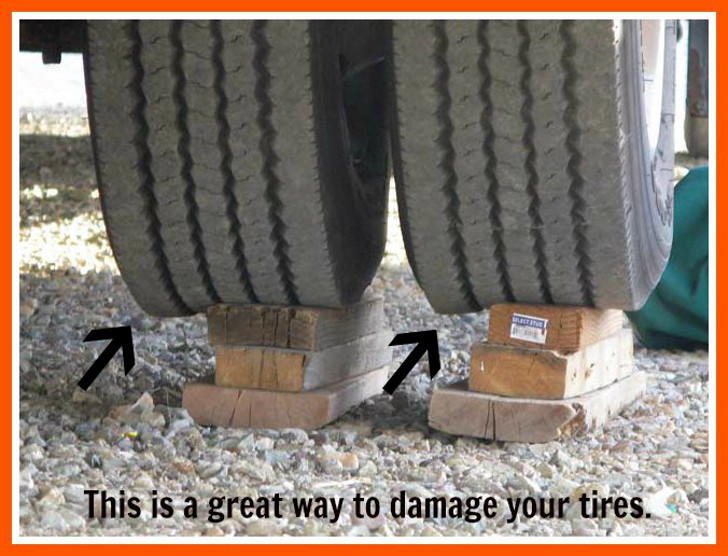
When the tires do not fully rest flat on the blocks, you risk bending the steel belts inside the tires which can cause a dangerous blowout at high speed. According to Woodalls.com;
The weakest portion of any tire is the sidewall. In this instance, the tire bulging over both sides of this block puts undue stress on both sidewalls. Prolonged use of incorrect blocks will substantially weaken the sidewalls, thereby creating an unsafe driving or towing condition. Tire safety should never be compromised or jeopardized.
After the blocks are placed in front of the trailer tires, slowly pull forward and up onto them. If necessary, place blocks behind the tires and back up slowly onto them. Watch this video for a demonstration:
Finally, level your RV trailer with jacks
Chock your wheels and unhitch your RV once your rig is securely on the blocks. Next, level from front to back by using your RV’s front leveling jack(s) to level and minimize bounce. Then extend the rear stabilizing jacks just enough to prevent rocking.
Don’t crank down so much that your rig rises off the ground, which can damage your rig and the jacks too. Your goal is to take some weight off the trailer suspension in order to keep it from bouncing when you’re moving around inside.
If you’re camping on a soft surface like dirt, place blocks underneath the jacks for additional stabilization.
Note: if your trailer only has stabilizer jacks, they will not help level your rig. Stabilizer jacks only help minimize bounce. Keep in mind that you can buy aftermarket stabilizer leveling jacks that do both.

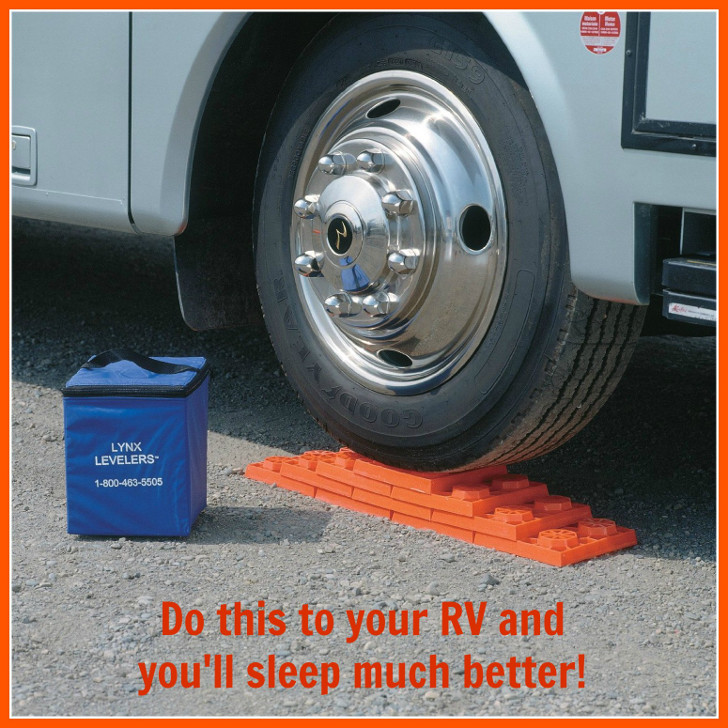
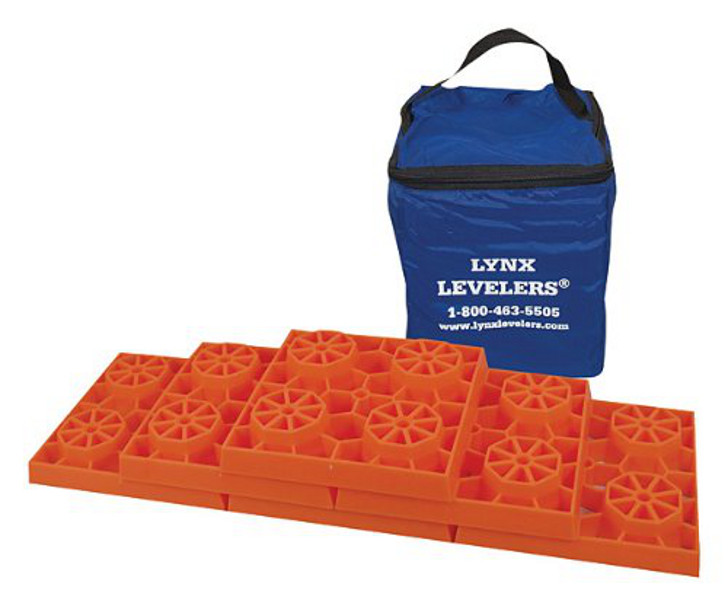
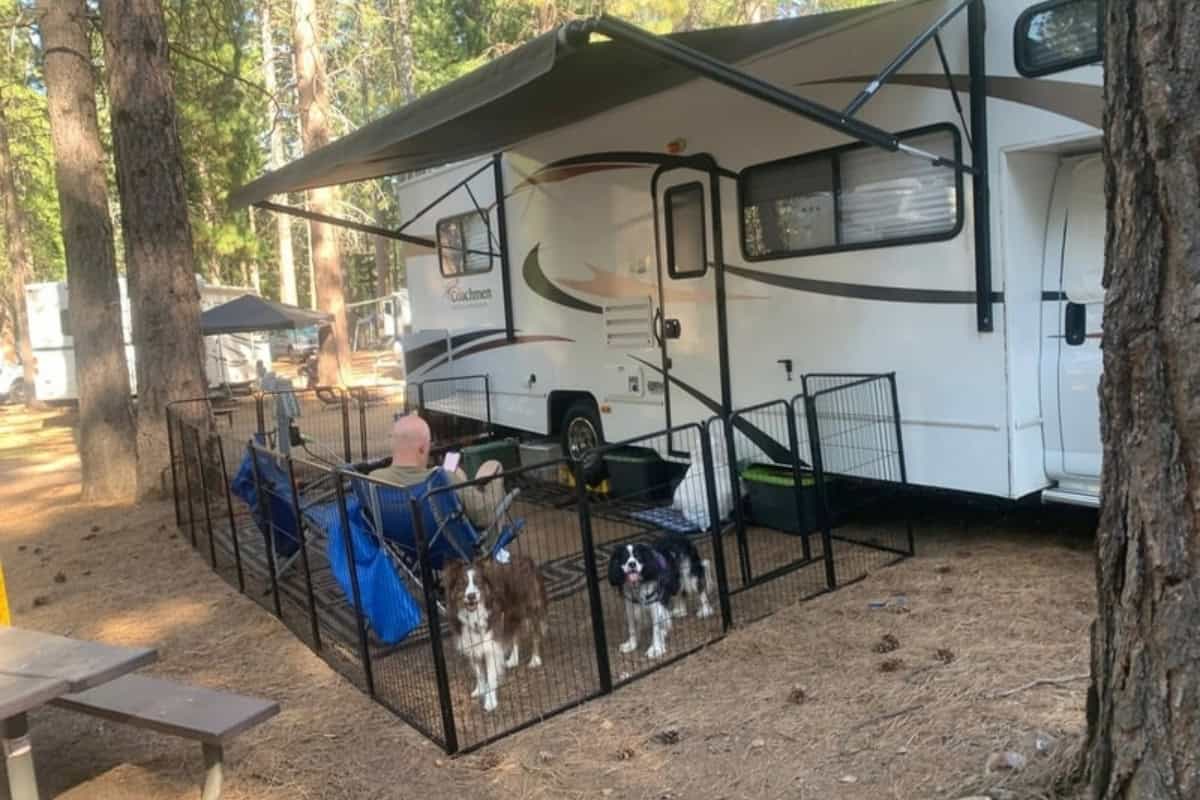


Wow, there really is an app for everything. Just reading about leveling and the writer said that most smart phones have a level app. Just installed it on my Samsung S5 and this is way cool. Thank you for a great tip.